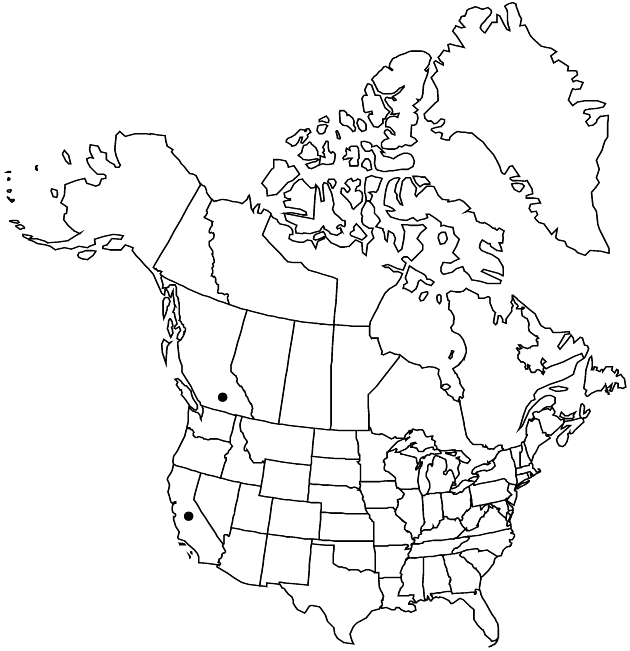Leaves: largest oblanceolate to narrowly spatulate, widest in distal 1/3, (10–)15–20 × 3–5 mm, ± plane; longest distal capitular leaves 1.3–2 times head heights, obtuse. Heads in glomerules of (8–)12–16(–20), ± bipyramidal, largest 5–7 × 2.5–4 mm; largest glomerules 11–15 mm diam. Receptacles filiform-cylindric. Pistillate paleae (except innermost) (15–)20–25 in (3–)4–5 series, vertically ranked, carinate in cross section, longest 4.5–6 mm; wings uniformly yellowish, apices recurved. Innermost paleae pistillate and often bisexual, surrounding 8–13 florets. Pistillate florets: outer (15–)20–25 epappose, inner 2–7 pappose. Bisexual florets 5–9(–11). 2n = 28 (Balearic Islands, Canary Islands, Yugoslavia).
Phenology: Flowering and fruiting late Apr–mid Aug.
Habitat: Mediterranean and cold-temperate climates, dry, open, sometimes rocky slopes, disturbed sites (chaparral burns, roadsides)
Elevation: 10–800 m
Distribution

B.C., Calif., Eurasia, n Africa, Atlantic Islands, Australia.
Discussion
Variety pyramidata is also introduced in Australia.
Selected References
None.
